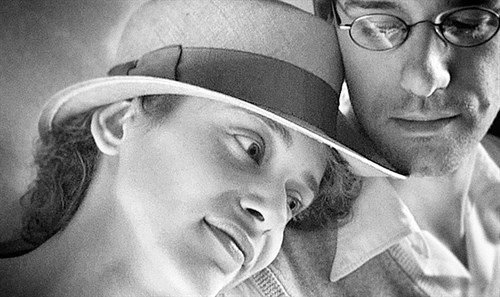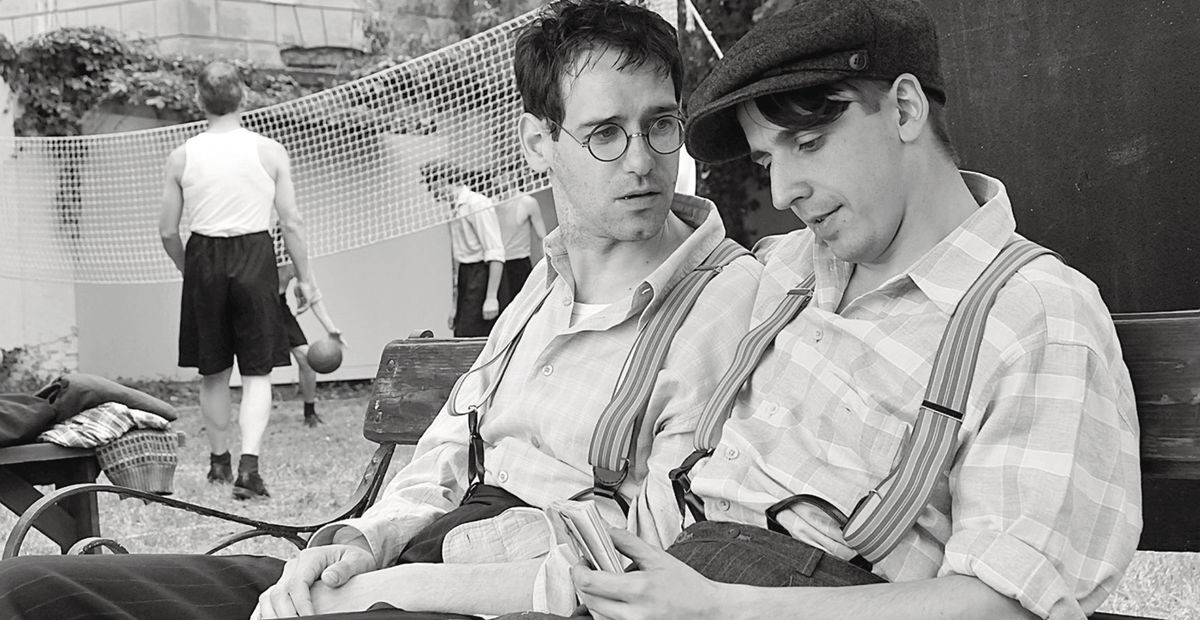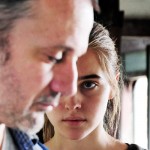By Pirjo Leek
Toronto Jewish Film Festival review
Director: Péter Gárdos
The bright side of life after Holocaust
Fever at Dawn is first and foremost a love story. An ill Jewish man living in exile in Sweden decides to write letters to ladies who are in a similar situation in nearby towns in search of love. Out of the hundreds he sends out, there is one who stands out. From there onwards, the typical tropes known from romantic films are balanced by darker aftershocks of the Holocaust. Young love prospers against all odds.
Despite its unconventional backdrop, the plot is that of a traditional love story with all the dreaming, yearning and heartfelt declarations usually associated with a traditionally prim and proper depiction of romance. The young lovers need to overcome obstacles big and small ranging from jealous friends to physical distance. The relative ease which the protagonists Lili (Emöke Piti) and Miklós (Milán Schruff) exhibit throughout the film is refreshing, especially when considering their past ordeals. The backstories of these bright though battered people play second fiddle. As a result, character development plateaus and powerful and pure love becomes the only force nudging the story forwards.
Stark dark undertones do make surprise appearances now and then when the characters reveal grim snippets of their pasts. Be it incinerating your countrymen, sharing potato peels to survive or lying about your family, these revelations create a harsh historical backdrop to these bright wide-eyed young things. Even though these disrupt the general tone of the film, they feel organic and offer a well-needed dose of harsh reality to counteract the prevailing syrupy tones. Despite that, none of them lead to longer explorations or analysis of what happened or how it influenced the characters. The matter-of-fact delivery of a choice of facts from their former lives creates a framework and adds flavour but never takes over. The past is past and the present is not necessarily a continuation of what has gone before. These people are trying to live their new lives without delving too deep in the past. For a film about the Holocaust, which are usually defined through the past momentous event, this approach feels fresh. Lili and Miklós refuse to become a sob story.

Most of Fever at Dawn is in striking black and white. The lack of colour brings out the grace and beauty of the minimalist settings of Swedish hospitals. The white of the crispy sheets shine ever more brightly in contrast with the pitch black of the shadows. The situation of being treated in a hospital far away from your home with no loved ones, no belongings but a heavy load of dreadful memories to come to grips with is by no means a fertile ground for a visually pleasing setting. Nevertheless, the stark contrasts created by the colour scheme elevate the situation from frugally sad to gracefully simple.
The beautiful cinematography and plot filled with love and snippets of history are unfortunately overplayed by the soundtrack. The epic classical tunes which accompany the frames are beautiful but also overly romantic. As a result, the two strongly romantic components – the plot and the music – start undermining each other. The gestures fuelled by love acquire a comedic undertone due to how the music overemphasises the romanticism of the scenes. And similarly, the visuals make you wonder whether the music is an ironic addiction. The resulting shaky tone erodes the strong romantic foundation of the film.
Fever at Dawn is a clear-cut story of love against all odds set against the backdrop of the post-Holocaust world. The elegance of the black-and-white cinematography contrasts the naïveté of pure undiluted love. The characters are Jews with fresh mental and physical wounds but they do not let these wounds define them. Fever at Dawn is a stubbornly light and life-affirming film which benefits from the temporal distance and power of hindsight.
To bring Fever at Dawn to your region, cast your DooVote here!








